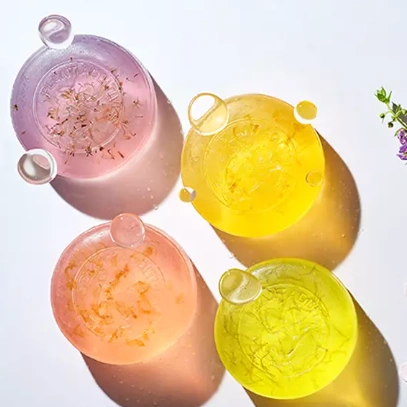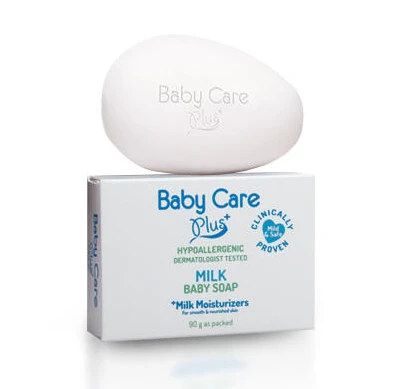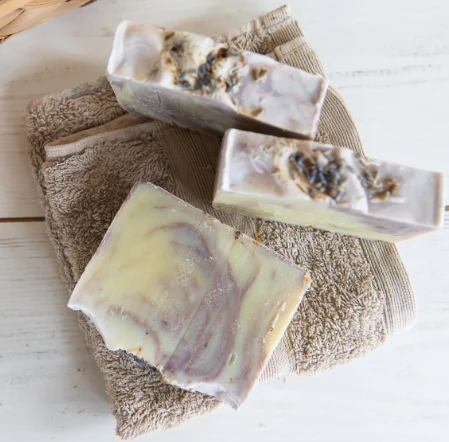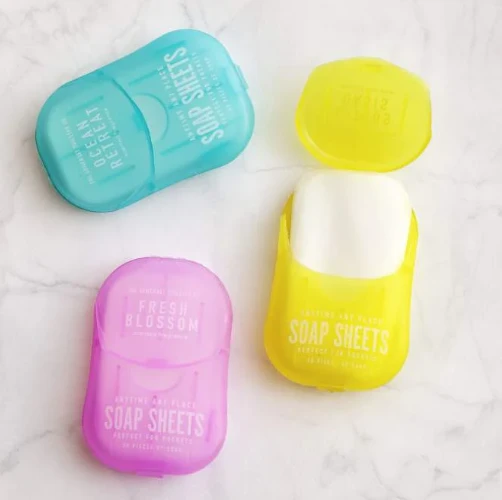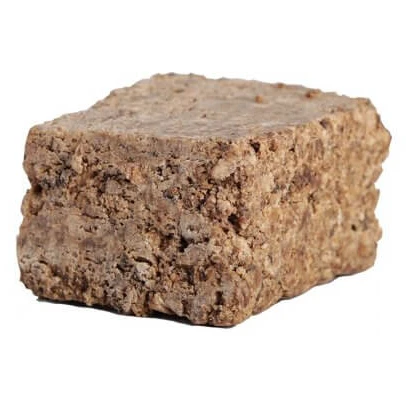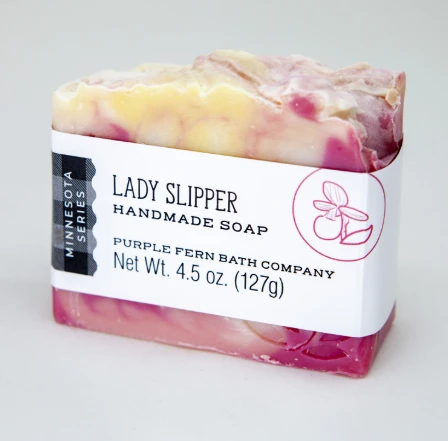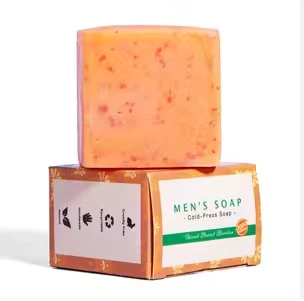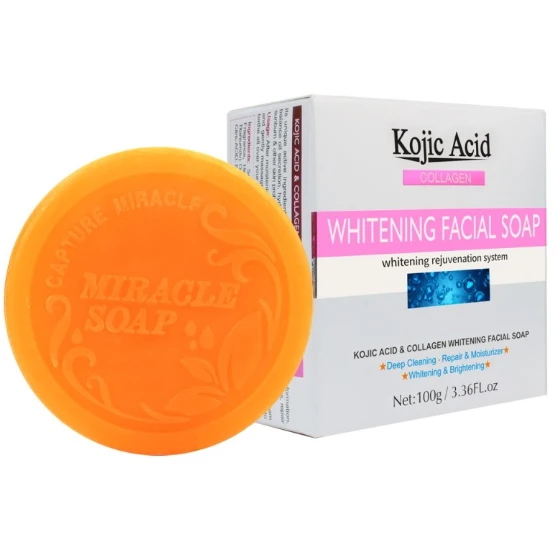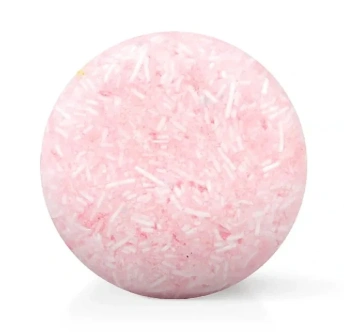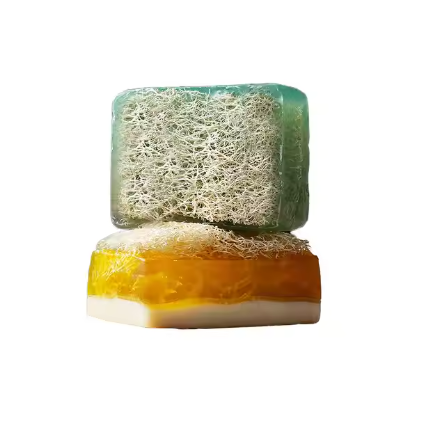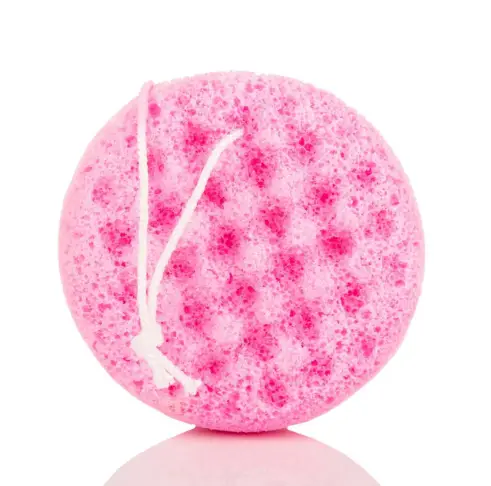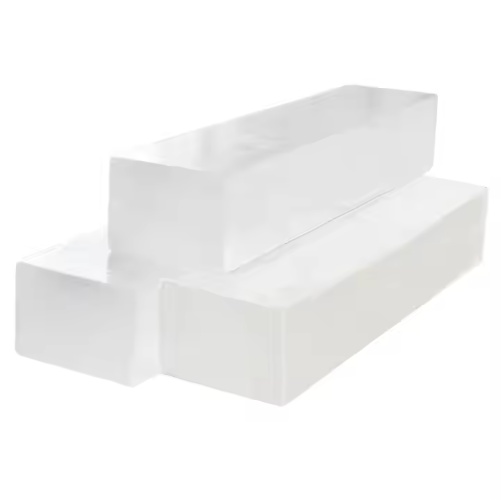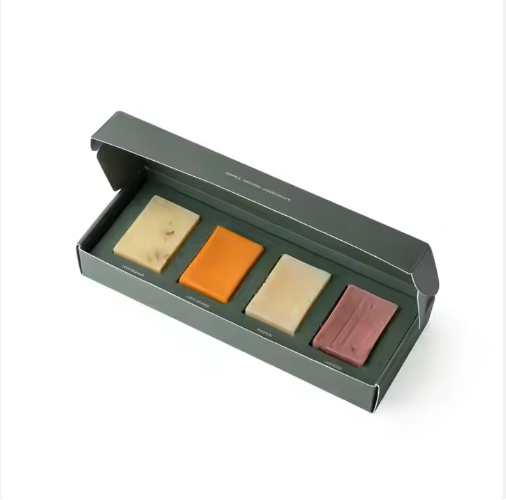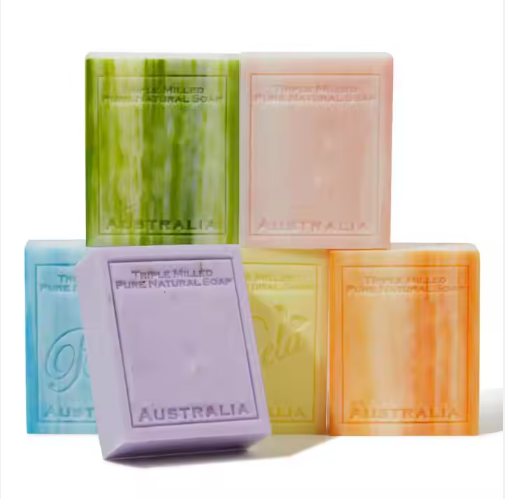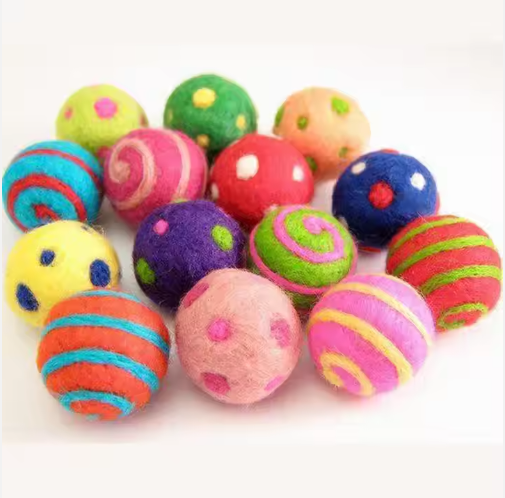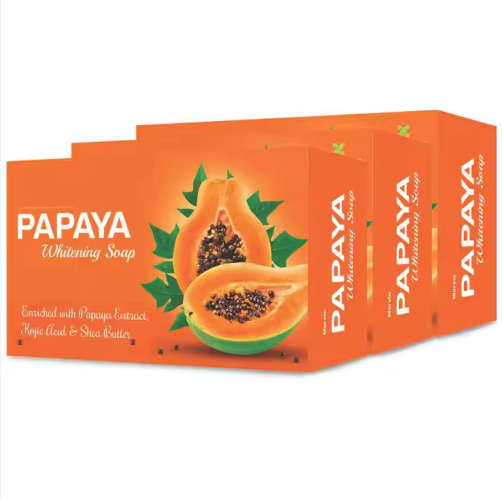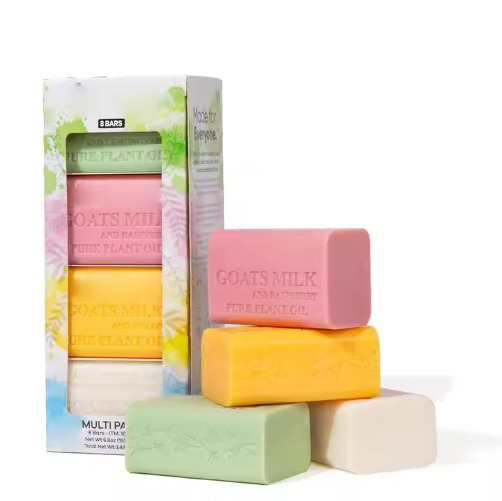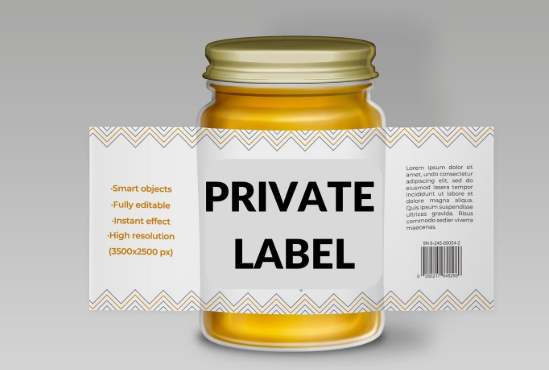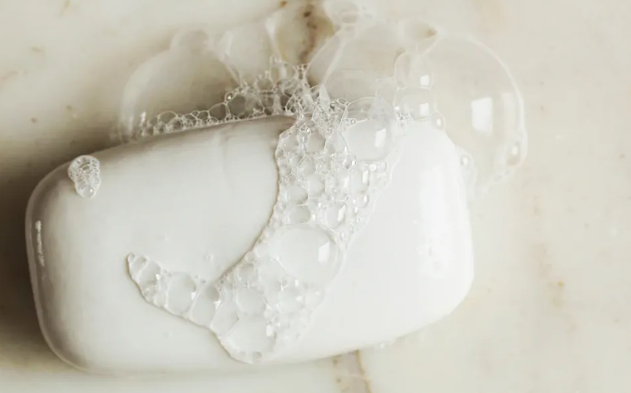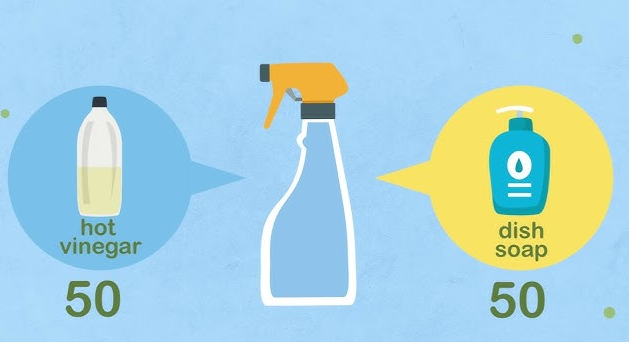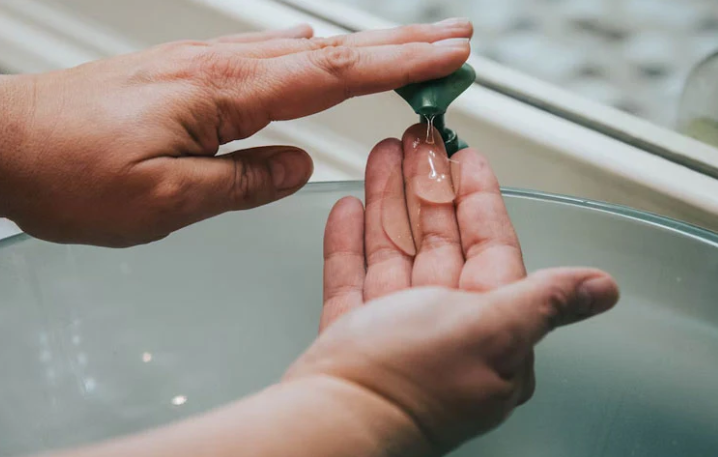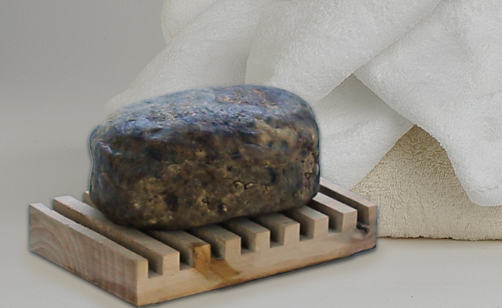How to make dish soap step by step
What is dish soap?
Dishwashing liquid (or washing-up liquid in British English), or dishwashing soap, dish detergent, and dish soap is a detergent assisting in dishwashing. Dishwashing detergents for dishwashers come in various forms like cartridges, gels, liquids, pacs, powder, and tablets. It is usually a highly-foamy mixture of surfactants with low skin irritation that consumers primarily use for washing glasses, plates, cutleries, and cooking utensils. In addition to its primary use, dishwashing liquid also has various informal applications, like creating bubbles, clothes washing, and cleaning birds from oil spills.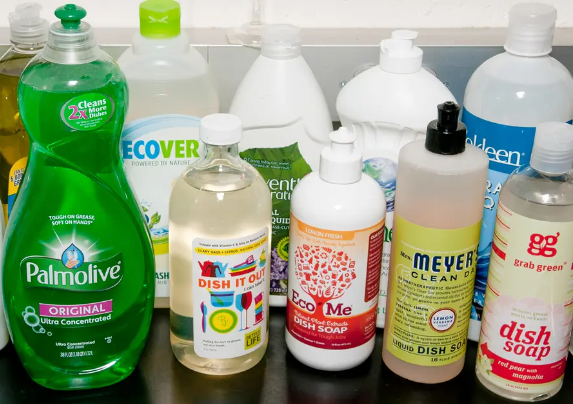
Dishwashing liquid has existed for a long time with different compositions and using conditions. Currently, dishwashing liquid functions best with hot water. However, there are some special dishwashing liquids designed to work well with cold water or seawater.
What is dish soap used for?
Dish soap, also known as dishwashing liquid, is primarily used for cleaning dishes, utensils, pots, and pans. It is designed to remove grease, food residue, and stains from kitchenware. Dish soap is commonly used in the following ways:
- Hand Washing Dishes: Diluted in water, dish soap helps to break down and remove grease and food particles from dishes, making them clean and safe to use.
- Cleaning Kitchen Surfaces: Dish soap can be used to clean countertops, stovetops, and other kitchen surfaces to remove grime and grease.
- Soaking Pots and Pans: Tough or burnt-on food can be loosened by soaking pots and pans in a mixture of dish soap and water before scrubbing.
- General Household Cleaning: Some people use dish soap to clean other household items, like windows, floors, and even cars, due to its grease-cutting abilities.
- Degreasing: Dish soap is effective at breaking down oils and greases, making it useful for cleaning oily surfaces or degreasing tools.
How to make dish soap step by step
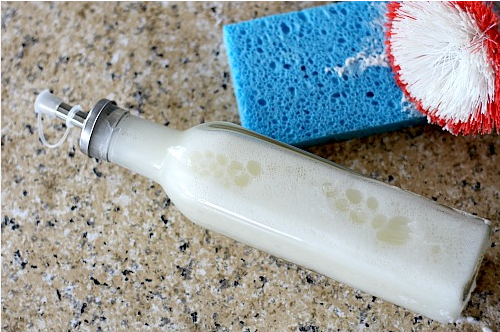
Equipment
-
Digital Kitchen Scale
-
digital thermometer
-
Immersion blender
-
Stainless steel pan
-
heat-proof jug
-
3 more jugs or containers
-
silicone spatula
-
ramekins
Materials
Lye solution
- 85 g sodium hydroxide 3 oz
- 123 g distilled water 4.34 oz
Solid oils
- 318 g Coconut oil (refined) 11.22 oz
- 136 g Soy wax 4.8 oz
Citric acid solution
- 14 g citric acid 0.49 oz
- 30 g distilled water 1.06 oz
Instructions
-
Cold-process soapmaking is chemistry, and this recipe uses lye. Lye is a caustic substance that is completely neutralized in the soapmaking process, but it can be harmful if not handled correctly. Please read this soap making safety guidance before proceeding.
-
Prepare your workstation with your tools and equipment. Put on rubber gloves, eye protection, and an apron. Carefully pre-measure the ingredients. The oil and wax into the pan, and the lye, 2x distilled water amounts, and citric acid into each of the four jugs.
-
Prepare the ramekins by washing and drying them thoroughly and setting them on a sheet of greaseproof paper. The ones I'm using came from a supermarket dessert pack and are 3¼" in diameter. At that size, you'll be able to perfectly fill four ramekins.If your ramekins are smaller, prepare a few extra and I imagine you can get six, or possibly more dish soaps. You can also pour the soap into ordinary molds but the soap hardens very quickly so I'd advise silicone cavity molds. If you use a loaf mold and cut the soap after two hours (or so) of making it, then it will crack and break as it's very brittle.
-
Next, dissolve the lye (sodium hydroxide) crystals in water designated for the lye solution. In an airy place, outdoors is best, pour the lye crystals into the water and stir well. There will be a lot of heat and steam so be careful. Try not to breathe it in. Leave outside in a safe place, or in a shallow bowl or basin of water to cool.
-
While the lye solution is cooling, make the citric acid solution. Pour the citric acid into the water set aside for it. Swirl and stir until the citric acid is fully dissolved. This can take up to a minute as the water will be room temperature.
-
Melt the coconut oil and soy wax in a stainless steel pan on very low heat. When melted, remove from the heat and set on a potholder. Pour in the citric acid solution and stir together well. You'll notice the citric acid solution beading up at the bottom of the pan. This is normal and simply because oil and water don't naturally mix.
-
Measure the temperatures of the lye-water and the contents of the pan. You should aim to cool them both to be about 125°F / 52°C*. The lye solution can be slightly higher than this but try not to soap at lower temperatures for this recipe.
-
When the temperatures are just right, pour the lye solution into the pan of oils.
-
Dip your immersion blender into the pan and with it turned off, gently stir the mixture. Next, bring it to the center of the pan, and with both your hands, hold it on the bottom of the pan and blitz it for just a couple of seconds. Turn it off and stir the soap batter, using the blender as a spoon. Repeat until the mixture thickens up to 'Trace'.
-
Trace is when the soap batter leaves a distinguishable trail on the surface. The consistency will be like thin custard. Trace happens very quickly in this recipe so please be prepared.
-
Working quickly, pour the soap into the ramekins. Give them a tap to settle the soap.
-
Leave the soap in a place that it won't be disturbed for two days. Saponification will be complete and you can begin using dish soap from that point. However, soap always performs better if you leave it to cure for at least 28 days.
-
To use your homemade dish soap I'd recommend using gloves, as the soap may be too cleansing for your hands. Wet the soap and work up a lather with a dish brush or scourer. When you have a good lather, use it to wash dishes or to add to your washing up water. Rinse dishes thoroughly with fresh water before drying.


